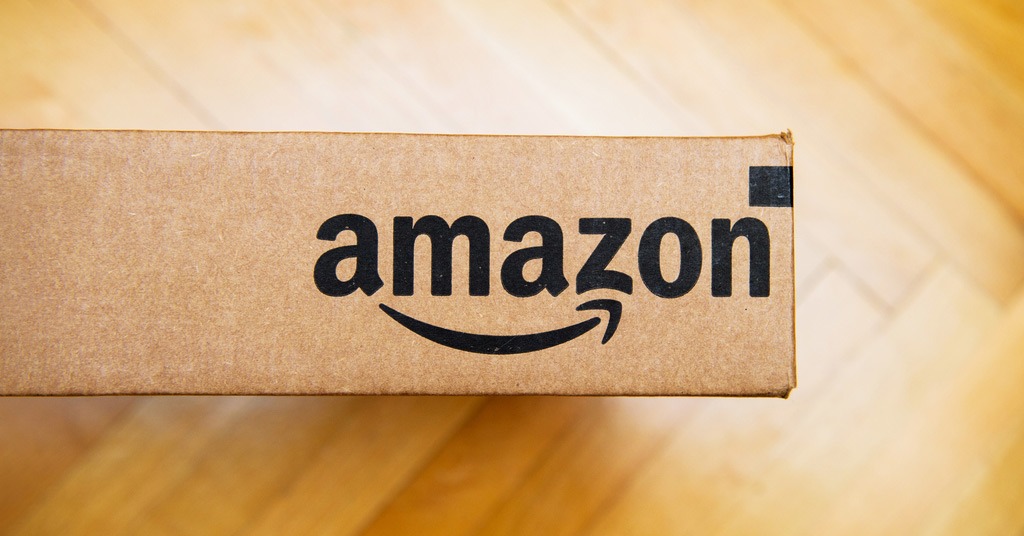Top tips on how to use Amazon, the largest marketplace worldwide, wisely

How to sell on Amazon. Source: shutterstock.com
Amazon is the world’s largest online store where anyone can act as a buyer or seller. The main office of the company is located in the United States and most of the purchasers are normally Americans. Entrepreneurs from foreign countries are free to sell their goods in the marketplace as well.
Why should you start a business with Amazon?
Due to properly thought-out logistics, quality of service and fast delivery, the marketplace attracts more than 2B users from around the world yearly. The majority of U.S. residents choose Amazon if they need to purchase anything. Lately, it has become a kind of new rule. For buyers, Amazon is an unconditional brand that guarantees quality and quickness of purchase, for sellers, it is a marketplace with a broad audience, and they need new goods and services.
The total trade turnover of the site is about $150B per year, while 40% of all sales are the sales of private sellers. Amazon has multiple categories of goods, which means you can sell almost anything there, from homemade jewelry to large appliances.

You can cooperate with Amazon completely remotely. Source: shutterstock.com
You can cooperate with Amazon completely remotely. Of course, you will need some seed money to purchase goods or stuff, but this method can significantly reduce the cost of opening a brick-and-mortar store. So, here is why Amazon is cheaper than a conventional store:
- you will have no need to rent the place (a warehouse and marketplace);
- you will not pay salaries to store personnel;
- you will have no problems with a trade license;
- you will not spend money on product promotion and marketing.
Amazon FBA

Fulfillment by Amazon (FBA) launched in 2006. Source: shutterstock.com
Fulfillment by Amazon (FBA) launched in 2006, and it is a feature that helps entrepreneurs to sell their goods through the company internet site. Sellers are provided with access to the infrastructure of the trading platform, they can store their goods, while delivery and returns issues are solved by the e-commerce giant. Sellers get all of this, paying just a small fee. This feature has significantly reduced the threshold for entering the sales market.
Pros & cons
Let’s consider all the pros and cons of selling on Amazon.
Pros:
➕ Amazon has the “hot traffic” of visitors, and 13% of all visitors make at least one purchase. For example, most online stores count this rate as well, but the figure barely exceeds 3%.
➕ The site infrastructure is absolutely ready for interaction and is convenient for both sellers and buyers.
➕ The Sponsored Products feature will help you to promote your goods effectively.
➕ You’ll have no need to launch your own site.
➕ Statistically, Amazon Prime clients spend twice as much as ordinary clients. Selling on Amazon, you’ll also have access to these clients.
➕ You will do all the business online. Moreover, the salesperson is only required to negotiate with the buyer, while the delivery and sale are carried out by the platform.

Amazon Prime clients spend twice as much as ordinary clients. Source: shutterstock.com
Cons
➖ Interaction with customers is available only through the site of the trading platform. The seller can’t get contact details of buyers.
➖ Amazon is a highly competitive sector. This, in its turn, guarantees that this field is prone to manipulation. Competitors can purchase products specifically to write a bad review and downgrade the product and seller ratings.
➖ Shoppers prefer products with a high rating and positive feedback, so it is difficult to compete in the early stages.
➖ If you have made a unique product of your personal brand and it is popular, but you have not patented it, you may have problems soon. This very item can appear at other sellers’ accounts, and it will be absolutely legal.
➖ It is important to abide by the rules of Amazon. Otherwise, the account along with the money from sales and the goods may be blocked by the company.
Where do I start?
Starting trading on the platform is reflected in the following elements:
- Choose a niche and decide what you will sell.
- Decide whether you will purchase or produce your products.
- Arrange delivery to the warehouse.
- Prepare items for listing.
- Take care of opening a business account (for receipt of payments).
- Provide decent customer support.

Normally, the net profit can be as high as 20-25%. Source: shutterstock.com
Normally, the net profit can be as high as 20-25%. The rest of the sum covers the cost of purchase/production, marketplace commissions, and related expenses. Amazon pays money from sales once a fortnight.
When you communicate with manufacturers, you should follow these rules (that will significantly simplify the ordering process):
- Before contacting the manufacturer of a product, get yourself a corporate email. It will save you from spam in the future. If manufacturers know your personal data, they will find you in social media and spam you as hard as they can.
- Introduce yourself as a large company selling lots of stuff on Amazon. It will allow you to negotiate on your own terms, because a manufacturer does not want to lose a serious client.
- Pay attention to work experience and production volumes. A good supplier should have a corporate email, and a site with a photo of a production factory. Having only local mail indicates that you are dealing with scammers.
- Before purchasing a batch, ask the manufacturer to send a sample of the product. Some suppliers provide this service for free, others ask for $30-40. Be prepared for the fact that the quality of the final product will be slightly lower than the sample (this is due to mass production), so if the sample seems to be poor, it is better to cancel any cooperation with this supplier.
- Be sure to create a detailed technical task. Otherwise, the manufacturer will act on their own, which will significantly affect the quality of the product.

When you communicate with manufacturers, you should follow these rules. Source: shutterstock.com
How to sell on Amazon
Delivery of the goods
You can deliver final products to the Amazon warehouse in several ways:
- order the delivery service from the supplier;
- hire a freight forwarder. It is an agent, which will deliver the goods, independently resolve issues with customs, pick up products from the supplier’s warehouse and deliver them to a specified location;
- independently, cooperating with any logistics company you wish.
You can deliver the goods by sea (delivery time from 30 to 50 days), air transportation (from two weeks to a month) or express delivery (from several days to a week).
Sales and customer service

The seller will need to spend some time to serve customers. Source: shutterstock.com
The seller will need to spend some time to serve customers (in order to increase sales in the future). Communication with customers is maintained through a personal account on the site. You will need to answer questions, solve problems with returned and damaged/defective items. Most requests come during business hours in the U.S. time zone, so you have to adapt your work schedule to it. It is also highly recommended to launch the autoresponder. This system will automatically distribute letters, which will notify the buyer about important events.
Earnings usually depend on traffic. You can increase it with the help of internal and external advertising.
There are two types of Amazon advertising:
- automatic – shows product advertisements for the keywords;
- manual – keywords are entered additionally.
If you want to increase traffic (for the pages with your goods), it is recommended to use external sources of advertising. It might be advisable to show the buyer the personal site primarily, and only then, direct them to Amazon.
SEE ALSO: How to sell on eBay









